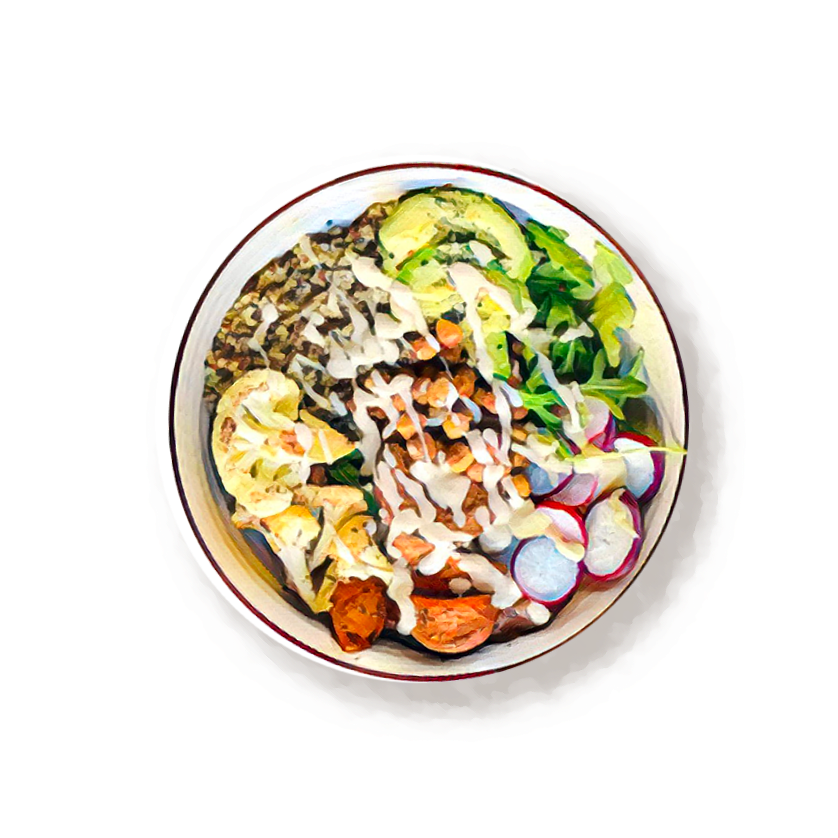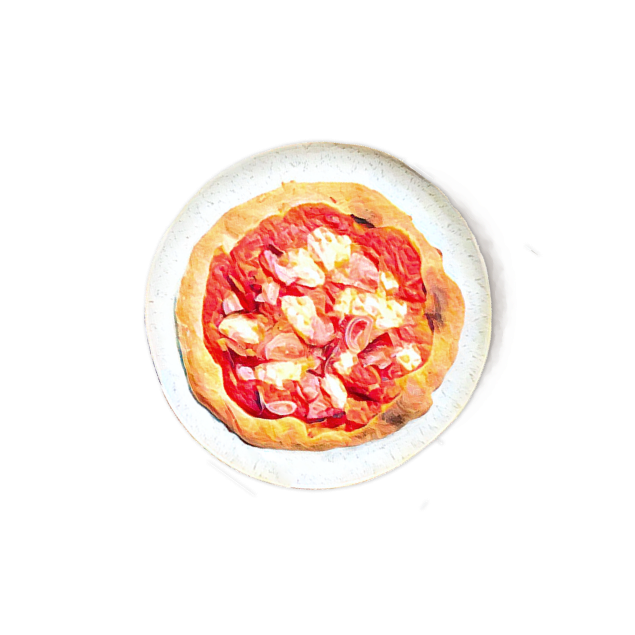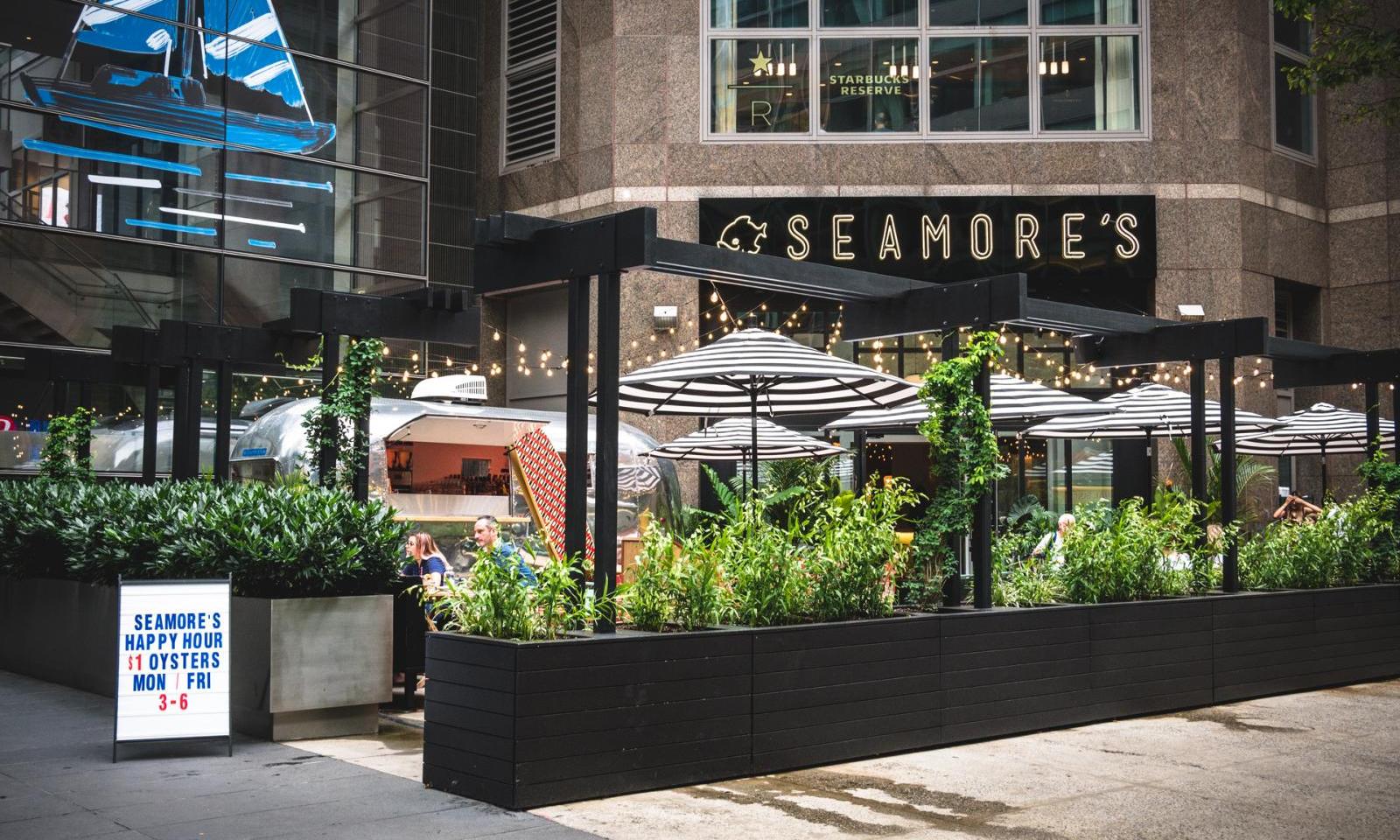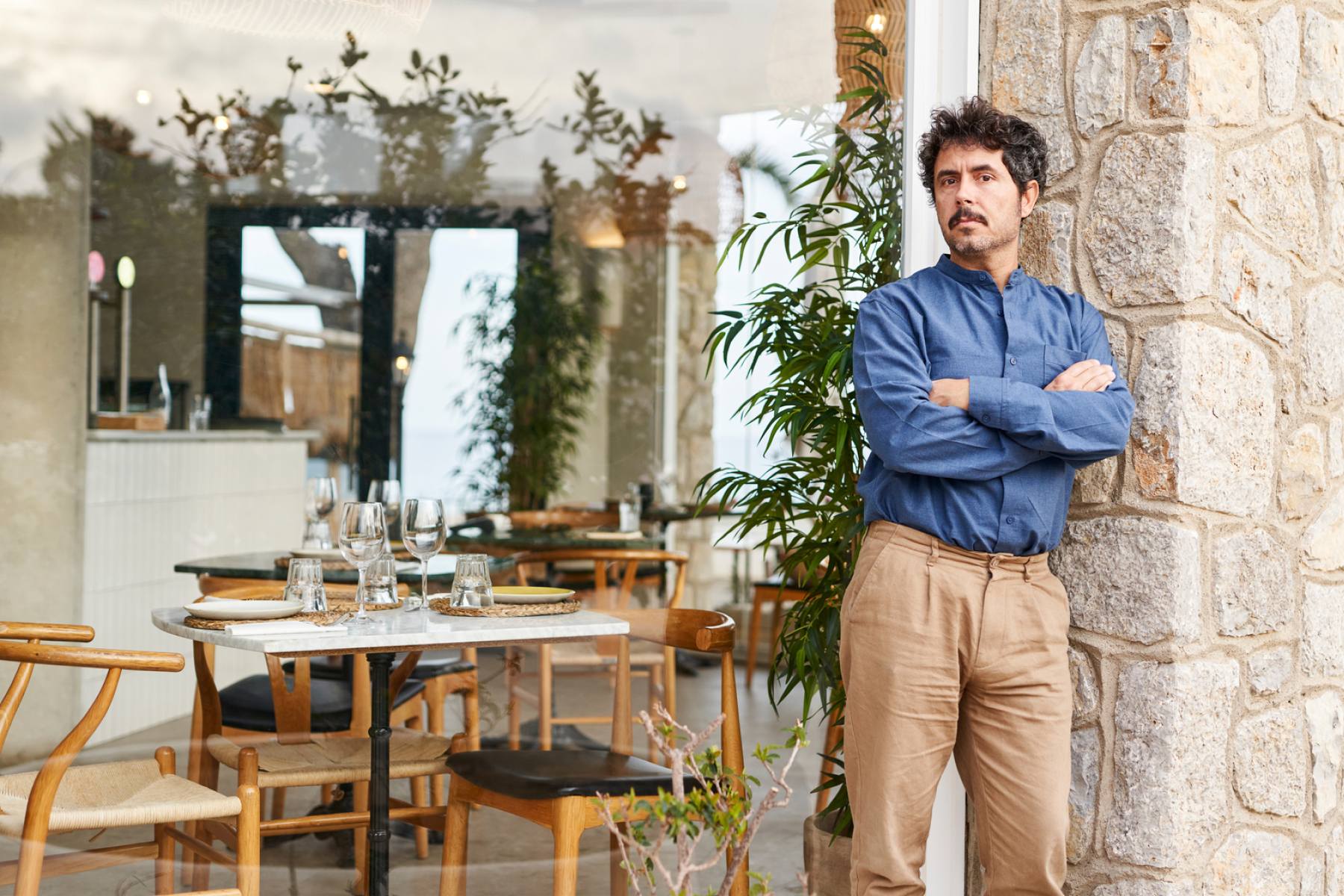
Easy Digital Marketing Strategies for Your Restaurant
by Alec McGuffey September 30, 2022
Developing an effective, repeatable marketing strategy for your restaurant is crucial if you want to ensure a steady stream of new customers and not have to rely solely on regulars and word of mouth.
No two restaurants are the same, and your marketing strategy shouldn’t be any different.
But how do you create an efficient marketing strategy from scratch, especially if you don’t have a dedicated marketing person on your team?
Fortunately, there are a number of low-effort channels that the top operators in the world leverage to keep their brand top of mind for potential diners.
In this article, we’ll outline a few of the best platforms to focus on when building a marketing strategy from scratch (especially if marketing is usually the last thing on your mind).
Paid Marketing Channels
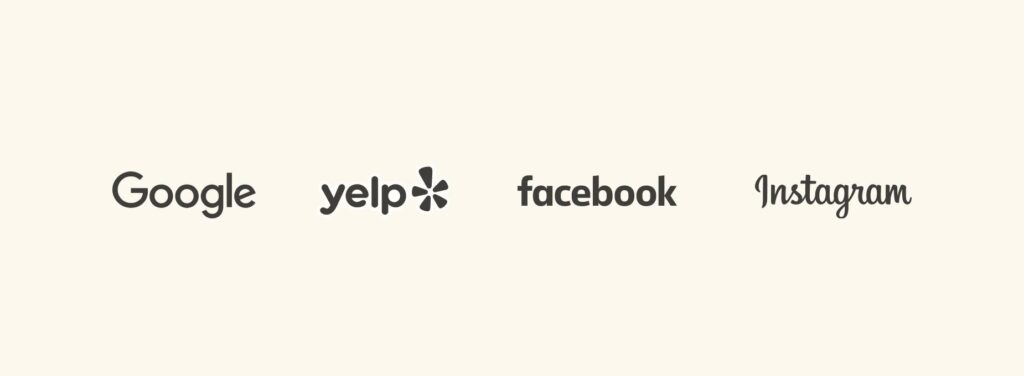
If you’re looking to optimize for time, we recommend testing a few low-cost paid marketing channels.
These platforms have streamlined the process of setting up and testing ads for your restaurant, so you can get in front of thousands of potential customers in minutes.
And while it still takes some work to make sure that you’re seeing Return on Investment for these channels, many restaurant operators have seen incredible results using paid digital marketing to get customers in the door.
Google is the best way to get in front of customers who are actively searching for restaurants. While Google has many options for advertising, Search-based ads are generally the best way to get in front of customers actively looking for places to eat.
And although this channel is very competitive, it is one of the most surefire ways to get in front of the right customers at exactly the right time.
Facebook and Instagram
Facebook and Instagram are less intent-based channels (people aren’t necessarily searching for a restaurant while browsing their feeds), but the fact that so many people use at least one of these platforms means both are effective channels for restaurants looking to get in front of a wide customer base.
Instagram in particular has become a go-to for most large restaurant groups, driven by its photo-focused interface and integrations with major reservations platforms.
- How to Get Started (Facebook and Instagram)
- Strategies
Nextdoor
A newcomer to the digital advertising world, Nextdoor is another great option for restaurants in more residential areas who want to promote themselves to diners living in their area.
Yelp
Most restaurant operators have a complicated relationship with Yelp, but there is no denying that they have a massive audience of restaurant-lovers looking for their next meal. This is a channel worth at least considering, particularly given Yelp’s list-focused interface which combines paid placements with organic listings.
Seated
While most paid channels require an upfront investment and then require you to do a bit of work to understand whether your investment was worthwhile, Occupancy Management tools like Seated let you offer dynamic rewards to incentivize customers to dine with you only when you have empty tables.
With Seated, you choose a reward to offer based on the times when you have availability, and you only pay if a guest discovers you through Seated and then dines with you during one of those times. Operators can grow profits by 10-30% on slower days with zero upfront cost and no operational impact.
- Schedule a demo to chat with the team and get set up in minutes.
Unpaid Channels
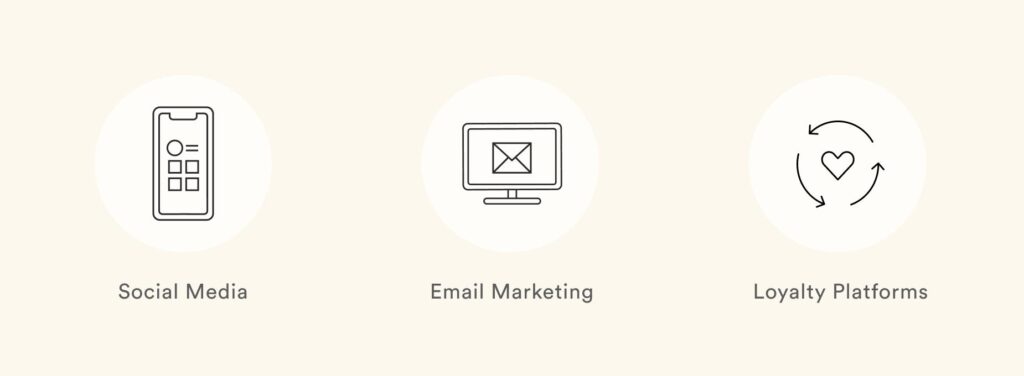
If you’re looking to optimize for quality of content and have time and resources to spare on building up a robust content strategy (either through social media or email), unpaid channels might be your best bet.
Paid ads might be effective at getting someone’s attention, but having a consistent content strategy to keep in touch with people considering your restaurant and with your existing customers is a necessity if you want to retain your customers.
Acquiring a new customer is significantly more expensive than retaining an existing customer, so we recommend you develop at least a limited strategy across email + social media.
Social Media
There are a lot of social media platforms, but most may not be worth the effort it takes to manage them. For most restaurants, we recommend focusing on the big two – Instagram and TikTok.
- Instagram – Check out this post for strategies on building your organic Instagram presence (when posting on Instagram, you also have the option to cross-post on Facebook, which means you can keep both channels up to date while only managing one).
- TikTok – TikTok exploded in popularity over the past few years, and food and restaurant content makes up a huge part of TikTok’s content library. Unlike Instagram, a lot of restaurant content on TikTok is raw and only lightly edited, so don’t be intimidated! Check out this article for strategies to start posting.
Loyalty and CRM
Keeping your existing customers is much easier than acquiring new ones, which is why loyalty platforms like Thanx and Punchh have grown so much in recent years. Even point of sale systems like Toast now offer loyalty offerings.
While not entirely free, loyalty platforms are a low-cost way to keep your customers coming back. Check out some simple starter strategies here.
Finally, new platforms like Bikky allow you to consolidate all of your guest data across channels (online, 3rd parties, reservations, etc.) into one place and then send hyper-targeted emails and ads to them to drive the cross-channel action you want them to take.
Email Marketing
Once you have built up a list of customers (through your online ordering platform, reservations system, website, and Point of Sale), it’s fairly easy to get up and running.
We recommend using the built-in email capabilities of your existing tools (most online ordering and point of sale systems have some email capabilities) to keep things simple. If you don’t have a good email system, Mailchimp is a good option! Here are some of the Best Examples of restaurant email marketing for inspiration.

What Next?
There are many different ways to market your restaurant, so trust your gut and test out channels that feel right for the customer base and brand you want to build.
Finally, we suggest using an Occupancy Management tool like Seated to help you fill any gaps in your books that you see after the restaurant opens.
Most importantly, you won’t need to invest time and money in online marketing campaigns that are difficult to track, since Seated lets you see every guest who filled an empty seat in one simple dashboard.
The Best Way to Market Your Restaurant
Attract More Customers with No New Tech or Staff Training
BOOK A FREE DEMO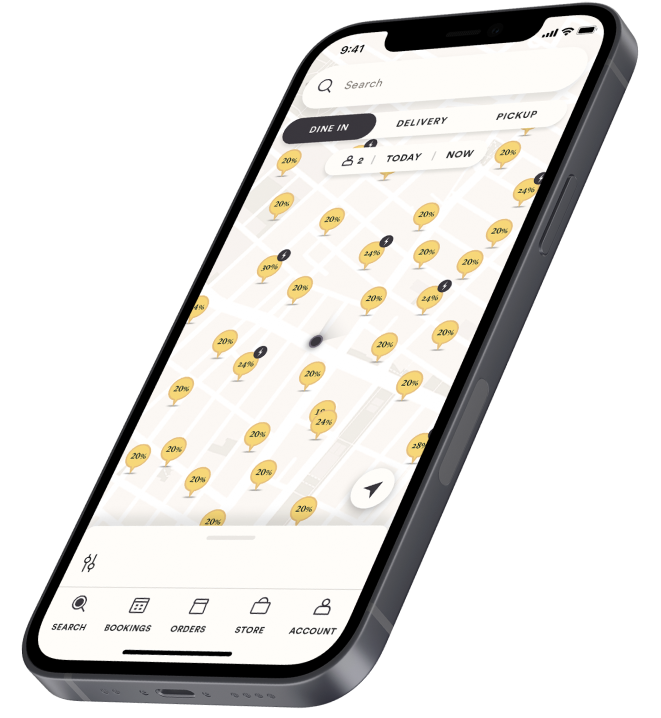

Want to Learn More About Becoming a Seated Partner?
Fill out the form below to contact our restaurant team

